The world of news today is far more complex and accessible than it use to be and with that, the world of fake news has also become more complex and accessible. When I was in school I don’t remember learning much about how navigate through news and fake news. I do remember in grade 8 there was some sort of module about internet safety and that was about it. The few things I remember from that module was to look to see if a website says http or https and also to see if there are any major typos or grammatical errors on the site. I am not going to lie, I thought this had me well equipped to figure out which things online are real and fake. I realized how wrong I was during my last EDTC class where we took a quiz to “Spot The Troll” on various social media accounts and it was WAY harder than I thought it was going to be. This is when I realized that myself and students today need to learn more effective skills to spot not only fake news but also these fake social media accounts.
The Complexity of Fake News
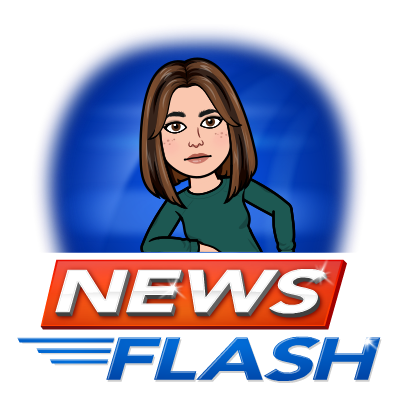
I always thought fake news was sort of just one intentional thing that was fairly easy to spot and point out. However, I learned that I am very wrong and there are many different kinds of fake news or misinformation and disinformation. In the article, “Fake News. It’s Complicated,” Wardle breaks down the complexities of fake news. Wardle describes seven types of misinformation and disinformation present that can be present in fake news:
- Satire/Parody (no intended harm)
- False Connection
- Misleading Content
- False Context
- Imposter Content
- Manipulated Content
- Fabricated Content (designed to deceive and harm)
No matter the type of fake news, it usually manages to go undetected and be shared around the internet without people realizing it is fake news. In many cases, fake news is designed to evoke and emotional response because as Wardle described, “When humans are angry and fearful, their critical thinking skills diminish.” This concept was well explained in the educational comic “You’re not Going To Believe What I’m About To Tell You.” The comic describes the psychological “backfire effect” which describes how our brains are “biologically wired to threatening information the same way we’d react to getting attacked by a predator” especially when our core beliefs are being challenged. Being aware of this effect can help limit the spread of fake news. However, as the comic explained, “I don’t have a way to change the behavior of 7.5 billion people.” Another factor comes into play as well, because to my surprise, it isn’t just everyday folk that are spreading this fake news around.
“Some of it is being shared unwittingly by people on social media, clicking retweet without checking. Some of it is being amplified by journalists who are now under more pressure than ever to try and make sense and accurately report information emerging on the social web in real time. Some of it is being pushed out by loosely connected groups who are deliberately attempting to influence public opinion, and some of it is being disseminated as part of sophisticated disinformation campaigns, through bot networks and troll factories.
Claire Wardle, 2017
This once again supports the need for students to have a multifaceted approach to decipher news from fake news.
So, how do we teach students the skills to understand and identify fake news?
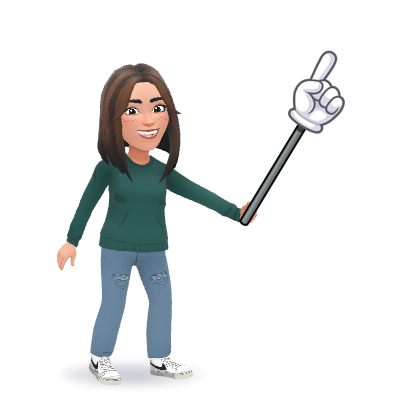
First off, Couros and Hildebrandt put together a fact sheet called “How do we teach students to identify fake news?” that suggests how help students with this new wave of fake news. I personally think one of the biggest strategies is “Prioritize helping students develop investigative techniques.” Especially since photoshop and editing for both picture and videos are so advanced today it is easy to turn important people or events into something that looks real but is fake. I agree with Couros and Hildebrandt that teaching students to make a habit of using reverse image search on google will be very beneficial.
Another strategy I think deserves an honorable mention is “Teach students to identify bias.” Almost every news source is writing to a specific audience which is something I was always aware of but never knew how to actually figure out which one leans which way. In class, Katia showed us a chart that I agree would be very beneficial for students to know and understand.

Thinking more about the future
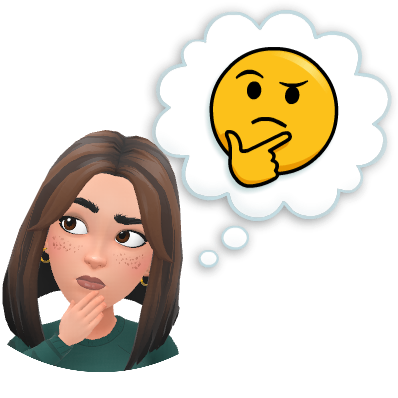
I feel like the pandemic has just allowed fake news to reach an all time high. So, many of my older family member are always sharing fake news on Facebook because they never learned any skills to even know which articles are fake and which aren’t. I am lucky enough to have gotten a little bit of education on fake news so I am able to tell (at least the majority of the time). When, I think back to my own education about fake news and history of fake news in general and I am very shocked at how quickly things changed and how difficult it is to avoid fake news now. I can’t help but wonder how much more it will change before I even graduate and then again throughout my teacher career. Part of me wants to believe that the school system is educating students to become adults that are capable to identifying fake news which will probably decrease the fake new problem. But I also can’t help but question how much worse it is going to get in the meantime. Will it ever get to a point where it is nearly impossible to identify fake news?
Integrating Digital Literacy into Elementary Classrooms
The National Council of Teachers of English (NCTE) released a framework of 21st Century Literacies that are necessary for 21st century teaching and learning. The goals of this framework include:
- Develop proficiency and fluency with the tools of technology;
- Build intentional cross-cultural connections and relationships with others so to pose and solve problems collaboratively and strengthen independent thought;
- Design and share information for global communities to meet a variety of purposes;
- Manage, analyze, and synthesize multiple streams of simultaneous information;
- Create, critique, analyze, and evaluate multimedia texts;
- Attend to the ethical responsibilities required by these complex environments.
When it comes to goals #1, #3, and #6 the first thoughts that come to mind are teaching students about how to be digital citizens. You can read my thoughts on this in one of my previous blog posts here. However, I think goals #2, #4, and #5 align really well with the topic of fake news and how to address digital literacy in the classroom. I personally think that the topic of digital literacy aligns very well with the English, health, and social studies curriculum. So, searched through the grade 3 curriculum and pulled some outcomes and indicators that could connect with the NCTE framework and digital literacy/fake news.
USC3.1 Determine the role of a variety of healthy foods and physical activity on the health and development of the mind, body, and immune system.
- d. Describe what makes and keeps the body, mind, and immune system healthy.
- e. Begin to distinguish between fact, opinions, misconceptions, and preferences regarding healthy foods and physical activity.
USC3.3 Determine how the misuse of helpful and the
use of harmful substances (including tobacco) affect the health of self and others.
- b. Reflect on what is believed/known to be healthy and/or unhealthy regarding substances.
- c. Examine common misconceptions (e.g., alcohol is not a drug) regarding substance use and abuse.
DM3.1 Demonstrate the importance of investigating information for making
informed decisions related to healthy foods and physical activity, one’s “inner self”, helpful and harmful substances, healthy family and home, safety at home, and
impact of violence.
- a. Critique decisions made by someone (e.g., community situation, character in a story) who did not investigate the information/facts before making a decision, and compare it to those made by people who did.
- b. Determine the kinds of information to gather and investigate for making healthy decisions.
- c. Examine sources of information/misinformation in the community
PA 3.2 Demonstrate awareness that divergent viewpoints may lead to conflict as part of group interactions, and assess various means of conflict resolution.
- a. Inventory situations in which divergent viewpoints exist within the classroom and school.
- b. Solicit the opinion of several persons about a current issue of concern in the school.
- c. Categorize viewpoints as likely or unlikely to create conflict and explain why.
- d. Construct a list of reasons why groups and communities may experience conflict, and identify ways in which conflict is resolved and harmony is restored.
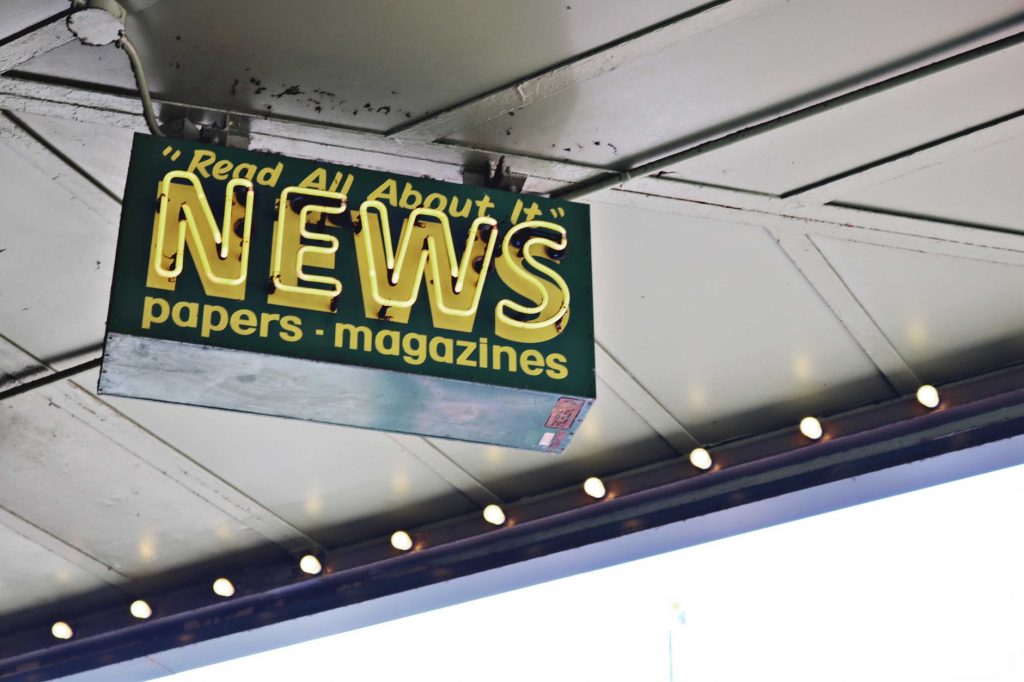
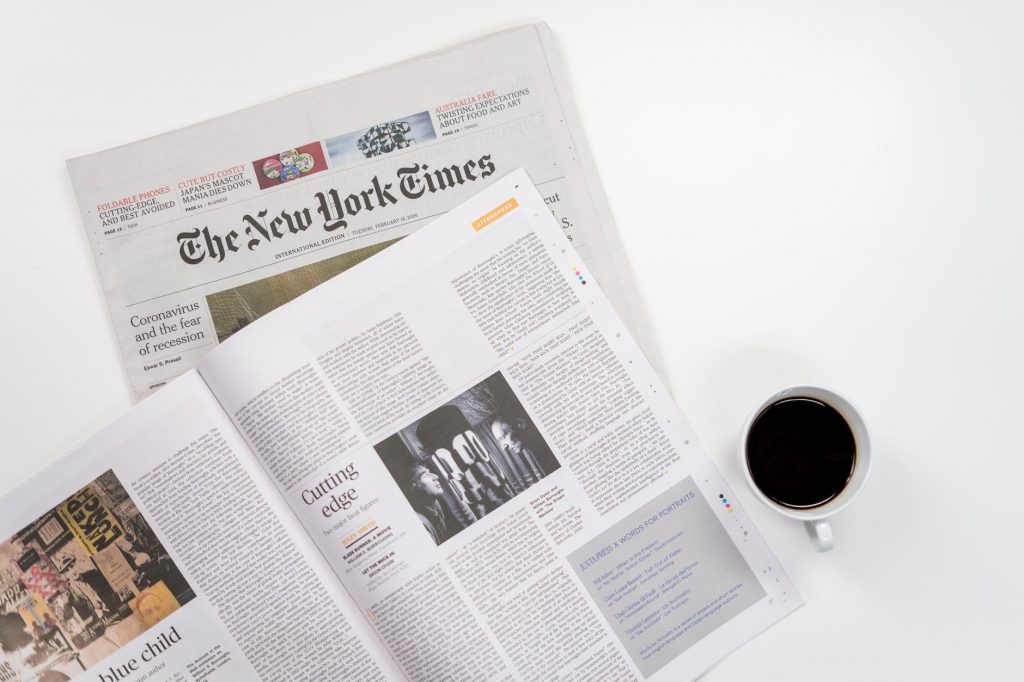

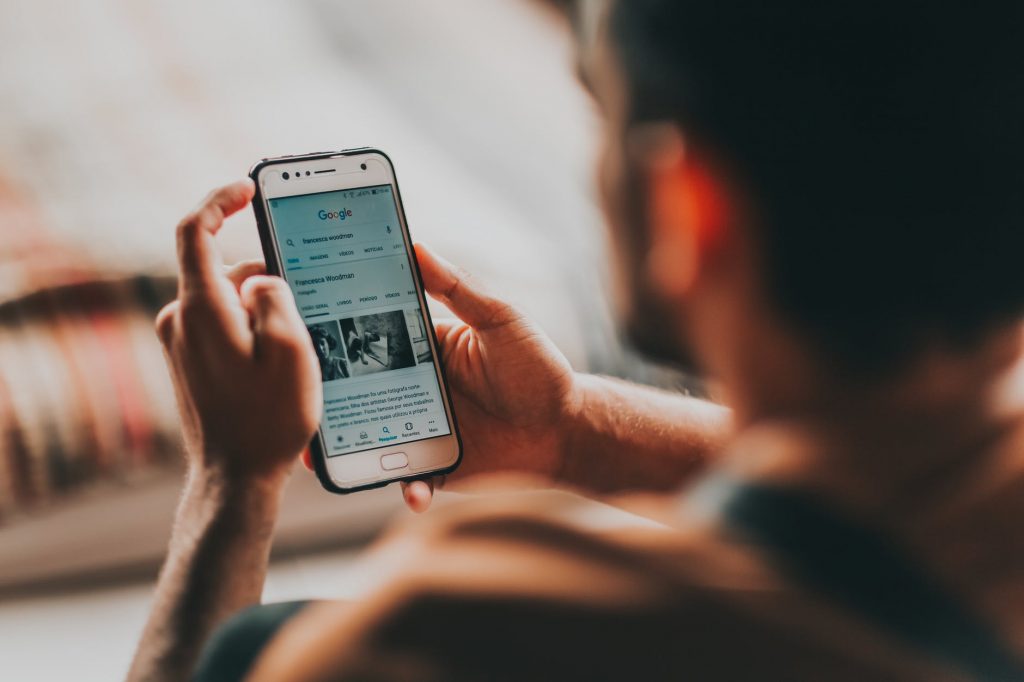
Leave a Reply